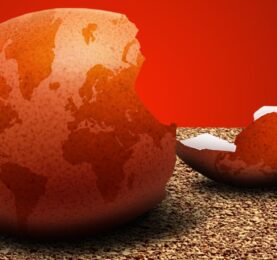The El Niño weather phenomenon is expected to resurface in the latter half of 2023, and it is poised to intensify the impacts of climate change. The Indian-Pacific region is likely to face severe heat and drought starting from the fourth quarter, and the agricultural sector will especially feel its influence in 2024 due to its heavy reliance on favorable weather conditions like heat and rainfall to yield commodities.
Coface’s predictions indicate significant uncertainties for specific agricultural commodities such as cereals, sugar, palm oil, and citrus fruit in the medium term. Moreover, certain regions around the world might encounter substantial risks to food security.
The El Niño Southern Oscillation is an oceanic-atmospheric phenomenon originating from abnormal variations in surface water temperatures in the Central and Eastern Pacific along the Latin American coast. It consists of two contrasting phenomena, La Niña, which brings colder and wetter weather, and El Niño, which brings warmer and drier conditions. Historically, these events occur every 2 to 3 years.
What sets the ongoing El Niño apart is that it is happening less than a year after the last La Niña episode, indicating a more frequent occurrence of this type of weather phenomenon. This increased frequency can lead to severe and long-term consequences. El Niño impacts the entire Indo-Pacific region, causing heatwaves and droughts. Consequently, it exacerbates the adverse effects of climate change in Asia-Pacific, South and East Africa, and the Americas. However, Europe, the Middle East, and North Africa are not affected by this phenomenon.
Learn more here: https://www.coface.com/News-Publications/News/El-Nino-a-threat-to-global-agriculture











